| Eisenhower and the Cold War Reading with Questions |
|---|
| www.studenthandouts.com ↣ American History ↣ American History Readings with Questions |
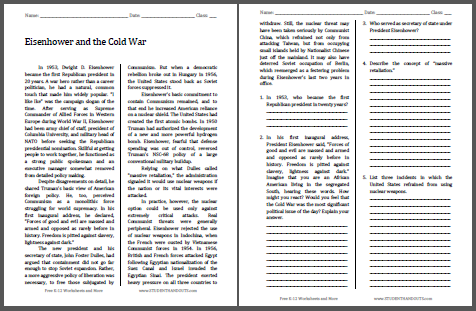 In 1953, Dwight D. Eisenhower became the first Republican president in 20 years. A war hero rather than a career politician, he had a natural, common touch that made him widely popular. "I like Ike" was the campaign slogan of the time. After serving as Supreme commander of Allied Forces in Western Europe during World War II, Eisenhower had been army chief of staff, president of Columbia University, and military head of NATO before seeking the Republican presidential nomination. Skillful at getting people to work together, he functioned as a strong public spokesman and an executive manager somewhat removed from detailed policy making.
In 1953, Dwight D. Eisenhower became the first Republican president in 20 years. A war hero rather than a career politician, he had a natural, common touch that made him widely popular. "I like Ike" was the campaign slogan of the time. After serving as Supreme commander of Allied Forces in Western Europe during World War II, Eisenhower had been army chief of staff, president of Columbia University, and military head of NATO before seeking the Republican presidential nomination. Skillful at getting people to work together, he functioned as a strong public spokesman and an executive manager somewhat removed from detailed policy making.
Despite disagreements on detail, he shared Truman's basic view of American foreign policy. He, too, perceived communism as a monolithic force struggling for world supremacy. In his first inaugural address, he declared, "Forces of good and evil are massed and armed and opposed as rarely before in history. Freedom is pitted against slavery, lightness against dark." The new president and his secretary of state, John Foster Dulles, had argued that containment did not go far enough to stop Soviet expansion. Rather, a more aggressive policy of liberation was necessary, to free those subjugated by communism. But when a democratic rebellion broke out in Hungary in 1956, the United States stood back as Soviet forces suppressed it. Eisenhower's basic commitment to contain communism remained, and to that end he increased American reliance on a nuclear shield. The United States had created the first atomic bombs. In 1950 Truman had authorized the development of a new and more powerful hydrogen bomb. Eisenhower, fearful that defense spending was out of control, reversed Truman's NSC-68 policy of a large conventional military buildup. Relying on what Dulles called "massive retaliation," the administration signaled it would use nuclear weapons if the nation or its vital interests were attacked. In practice, however, the nuclear option could be used only against extremely critical attacks. Real communist threats were generally peripheral. Eisenhower rejected the use of nuclear weapons in Indochina, when the French were ousted by Vietnamese communist forces in 1954. In 1956, British and French forces attacked Egypt following Egyptian nationalization of the Suez Canal and Israel invaded the Egyptian Sinai. The president exerted heavy pressure on all three countries to withdraw. Still, the nuclear threat may have been taken seriously by communist China, which refrained not only from attacking Taiwan, but from occupying small islands held by Nationalist Chinese just off the mainland. It may also have deterred Soviet occupation of Berlin, which reemerged as a festering problem during Eisenhower's last two years in office. Click here to print. Answer Key: (1) Dwight D. Eisenhower; (2) Answers will vary; (3) John Foster Dulles; (4) The government would use nuclear weapons if the nation or its vital interests were attacked; (5) Against communists in Indochina, against Egypt over the nationalization of the Suez Canal, and against the Israeli invasion of the Egyptian Sinai Peninsula. |
 | 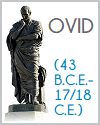 |  | 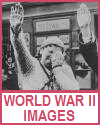 | 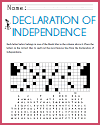 | 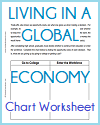 |
| Postwar America Worksheets | Postwar America Learning and Study Games |
| Postwar America Outlines and PowerPoints | Postwar America Maps and Pictures |
| Postwar America Miscellany | Postwar America Books and Films |
| www.studenthandouts.com ↣ American History ↣ American History Readings with Questions |








